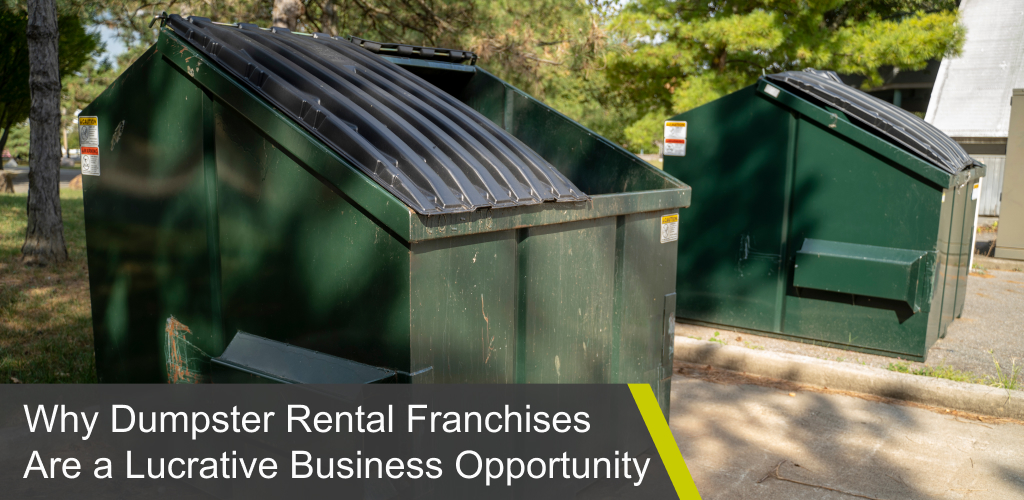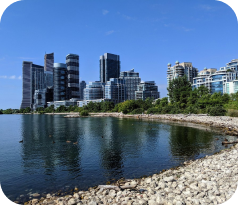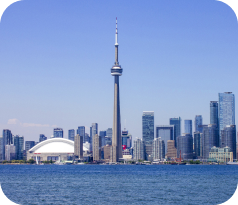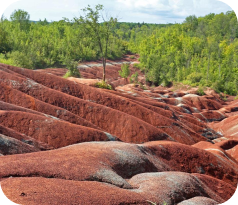How Does Plastic Get into the Ocean?
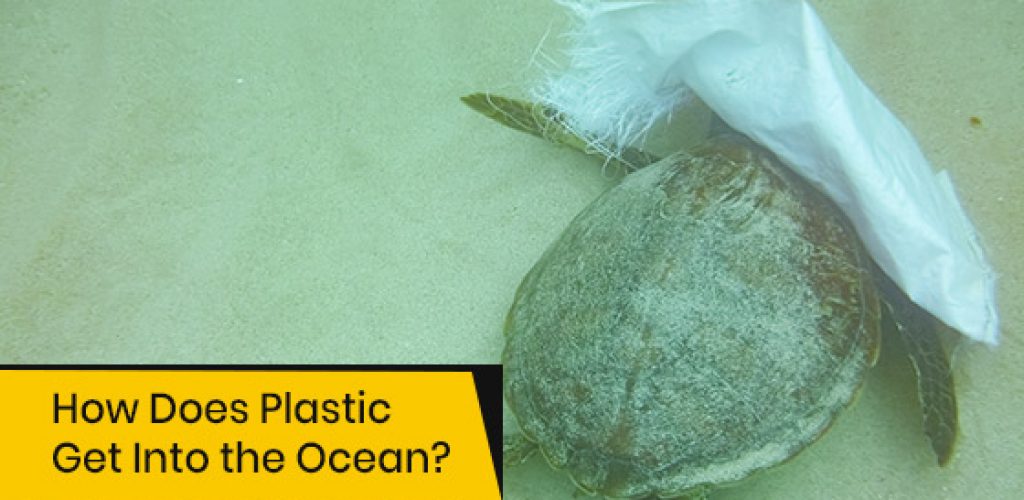
Land-based activities have been identified as the most significant contributors to plastic deposits in the ocean. Additionally, equipment from water activities and material from other means have played a vital role in its presence. It has become quite clear that the existence of plastic in our oceans has an adverse environmental impact, as it has harmfully affected marine life.
Many of us have witnessed videos and images indicating how detrimental the presence of plastic has been for ocean inhabitants. Some animals have been choked by plastic rings, whereas others have eaten plastic mistakenly. Many marine animals have been found with high amounts of plastics in their stomach.
Unlike other forms of material, plastic decomposes at a substantially lower rate. Hence, it remains in the ocean for a more extended period. It often splits into microplastics that are just as disadvantageous. The presence of plastic in the oceans is an undeniable and persistent issue. However, the question is, “How does plastic end up in our ocean?” Let’s look into more details below.
Irresponsible Garbage Disposal
According to statistics, a considerable amount of plastic has made its way into the ocean. 8 million metric tons of plastic enter the ocean yearly. Unfortunately, many causes have produced this problematic occurrence. The common source amongst these causes is the irresponsible disposal of garbage.
Beaches, lakes, and rivers are often visited by people who wish to get away and enjoy the beauty of these bodies of water. Some people often bring food wrapped in plastic and other forms of packaging. While some may do their due diligence to pack up their trash and take it with them, a plastic wrap or two may blow away. There are also situations where some individuals are not so considerate. Instead, they may intentionally leave the packaging behind or irresponsibly discard it. Either way, the plastic makes its way into these bodies of water.
Furthermore, many of the toiletry products that are used also contain small fragments of plastic. Shampoos, conditioners, and other personal care items surprisingly contain plastic. Even clothing and other things that are used daily also contain this harmful material. As clothes are washed, or personal products are flushed down the drain or toilet, they are vulnerable to entering the ocean.
Additionally, the direct disposal of garbage into the ocean has contributed significantly to its existence. Large corporations have been deemed responsible for this phenomenon. As opposed to being disposed of correctly, many corporations have chosen over the years to take a much more irresponsible route. They have illegally dumped their waste into the oceans. Alternatively, plastic elements have been released during transportation or production, creating an unhealthy and hazardous environment for marine life.
How is plastic redistributed around the world from the ocean?
Once the plastic has made its way into the ocean, it remains there for a long period of time. As emphasized previously, plastic takes a long time to break down, and, as it stays in the ocean, the current and other forms of movement force it to be redistributed around the world. Sadly, this also contributes to it appearing in places that many would not suspect. Deserted islands and ocean trenches with deep dark holes have also been found with various forms of plastic packaging. The appearance of plastic in these isolated places suggests the overabundance of plastic in the ocean.
How do we combat this issue?
As plastic is taking over the ocean, many are wondering how to minimize it entering the sea. However, the truth is that it is quite challenging to find an immediate solution because plastic is a basic material that is used around the world. For example, it’s used for water bottles, grocery and shopping bags, food, personal care products, and many other items.
However, changes can be initiated by encouraging brands that you support to switch over to more sustainable packaging. Many companies today realize the impact of using eco-friendly packaging. This stance has helped to make a more positive environmental impact, but the issue persists.
There are still companies that produce and use plastic in large numbers, and their actions continue to allow it to enter our oceans. Sadly, if they continue to use plastic packaging and also dispose of it incorrectly, plastic in the ocean will remain a huge problem.
Nevertheless, consumers are encouraged to make a conscious effort in limiting their use of plastic. Reusable water bottles and containers are always a great alternative. They are a good replacement for the plastic products that you would have otherwise used.
Furthermore, consumers should also consider how they dispose of plastic. Recycling them more efficiently can limit their presence in oceans, ensuring that they end up in the correct facilities.
Organizations Fighting Against Plastic Bottles
Several agencies are working diligently around the world to make a notable environmental impact. Their goal is to help fight against ocean pollution and limit the existence of plastic in the seas. Some of these agencies include GreenPeace, Ocean Conservancy, Surfrider Foundation, the Environmental Defense Fund, Natural Resources Defense Council, and Project Aware.
If you are interested in making a strategic change, consider checking out their websites for additional information. You can participate by donating to their cause, signing petitions, getting involved in your local community, or actively calling coast guards or other entities to request collective action.
Gorilla Bins Works Hard to Make a Positive Environmental Impact
There is a lot of unwanted waste that ends up in our oceans. Gorilla Bins does its part in ensuring that all garbage placed in our bins is disposed of correctly. We make it our duty to contact the right facilities to ensure that recycling and trash are separated appropriately. Our efforts are performed to limit the impact of ocean pollution. For more information on our services and how we are doing our part for the environment, contact us here.
